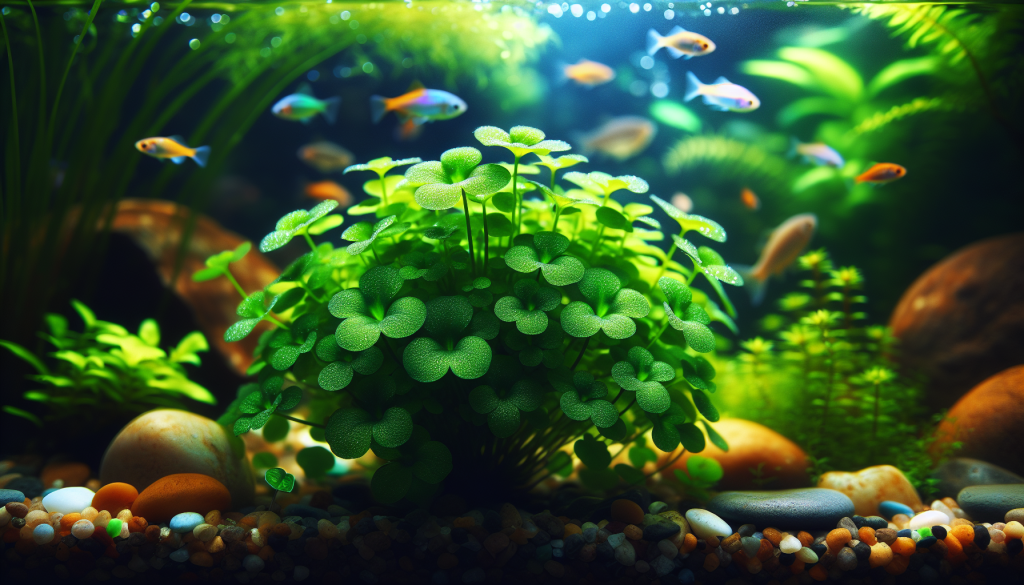Aquarium enthusiasts are always on the lookout for ways to enhance the beauty and health of their aquatic environments. One of the best-kept secrets in the world of aquascaping is the use of tissue culture aquarium plants. These plants, grown in sterile laboratory conditions, offer numerous advantages over traditionally cultivated plants. By understanding and leveraging these benefits, you can unlock the full potential of your aquarium. Tissue culture aquarium plants, also known as in-vitro plants, are propagated in a sterile environment using small tissue samples from parent plants. This method ensures that the plants are free from pests, diseases, and algae, which can be common problems in traditional plant nurseries. The plants are grown in a nutrient-rich gel, allowing them to develop strong and healthy root systems before they are introduced to an aquarium.
Pest and Disease-Free
One of the most significant benefits of tissue culture aquarium plants is that they are grown in sterile conditions, making them free from pests, pathogens, and algae. This means you can introduce these plants to your aquarium without worrying about bringing in unwanted hitchhikers that could harm your fish or other plants. This level of cleanliness is particularly advantageous for maintaining a healthy and balanced ecosystem within your tank.

High Success Rate
Tissue culture plants have a high success rate when it comes to adapting to aquarium conditions. Since they are cultivated in a controlled environment, these plants tend to be robust and healthy, with well-developed root systems. This makes them more likely to thrive once planted in your aquarium, reducing the likelihood of plant loss and ensuring a lush, vibrant aquascape.
Variety and Availability
Tissue culture techniques allow for the propagation of a wide variety of plant species, including rare and exotic types that might be difficult to find through traditional methods. This means aquarists have access to a broader selection of plants, allowing for more creativity and diversity in their aquascaping designs. Whether you are looking for foreground, midground, or background plants, tissue culture offers an extensive range of options to suit your needs.
Easy to Plant and Maintain
Tissue culture plants are typically sold in small, compact containers filled with nutrient gel. This gel can be easily rinsed off before planting, making the process straightforward and hassle-free. Once planted, these plants often require less maintenance compared to traditionally grown plants, as they are less likely to carry pests or diseases that could require treatment.
Sustainable and Environmentally Friendly
Tissue culture propagation is an environmentally friendly method of plant production. It requires fewer resources compared to traditional farming methods and reduces the need for chemical treatments. Additionally, because the plants are grown in sterile conditions, there is less environmental impact from pesticides and herbicides. By choosing tissue culture plants, aquarists can contribute to more sustainable and eco-friendly practices in the hobby.
Incorporating tissue culture aquarium plants into your aquascape can significantly enhance the beauty and health of your aquarium. Their pest and disease-free nature, high success rate, wide variety, ease of planting, sustainability, and fast growth make them an excellent choice for both novice and experienced aquarists. By opting for tissue culture plants, you are investing in the long-term success and aesthetic appeal of your aquatic environment.